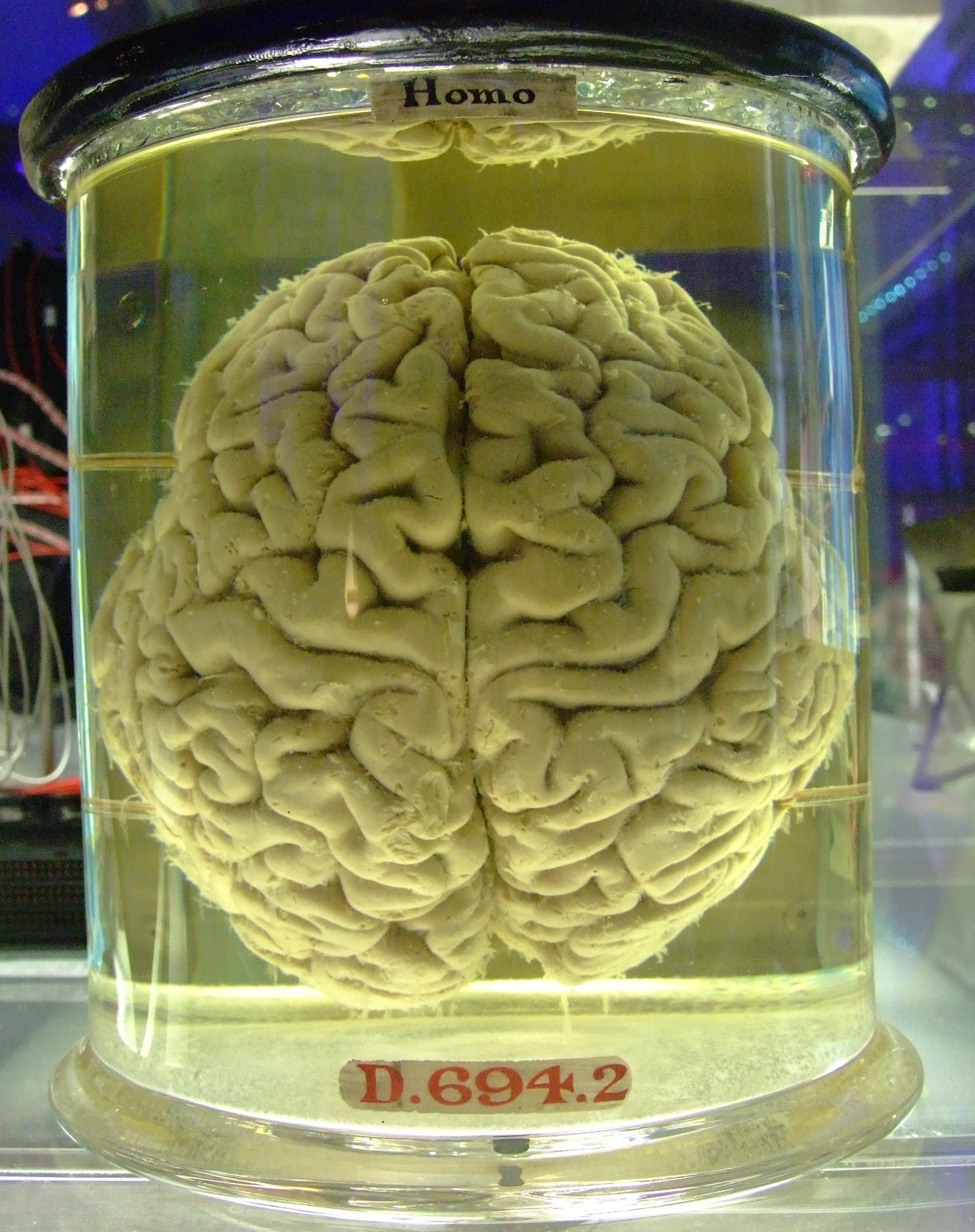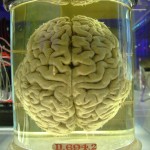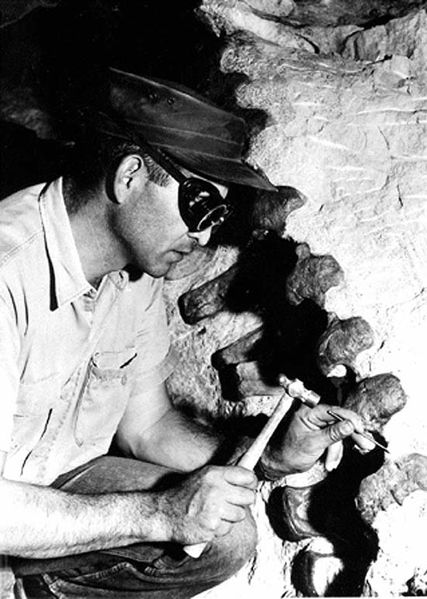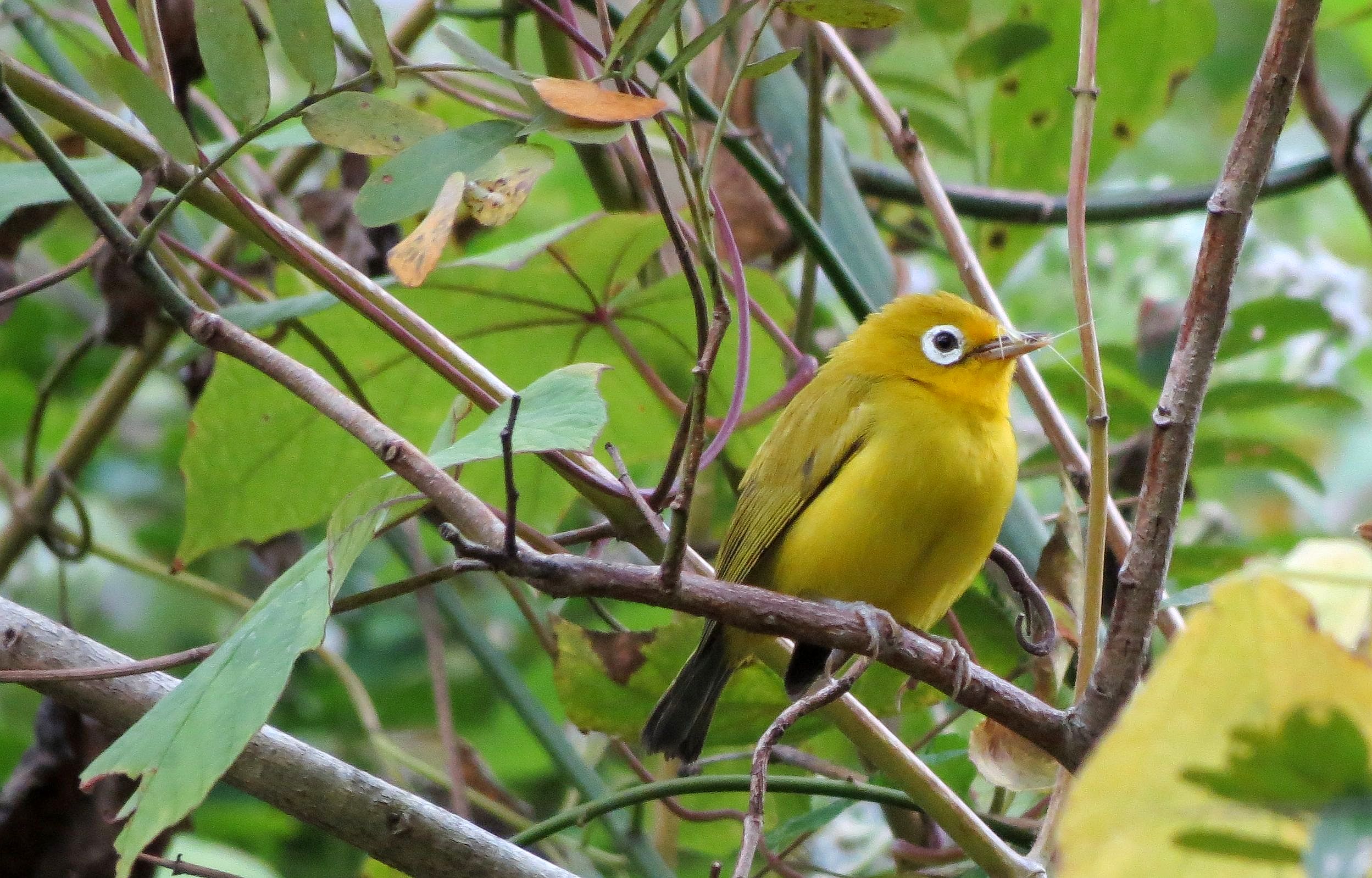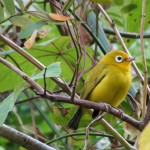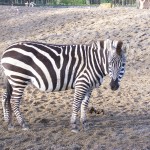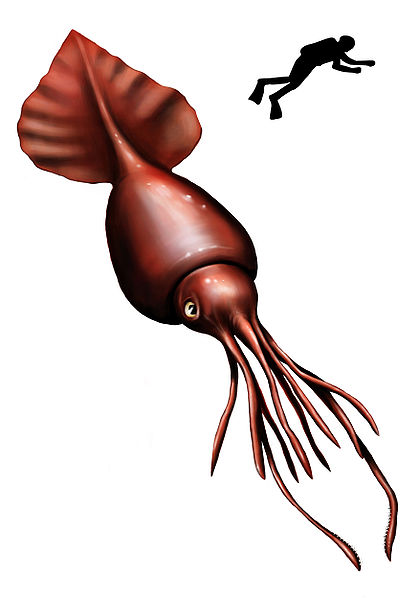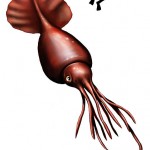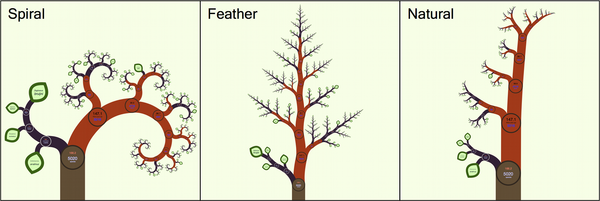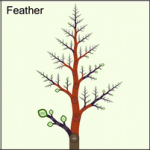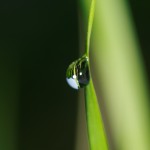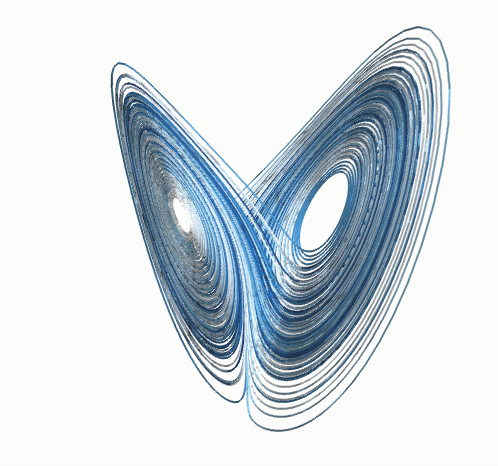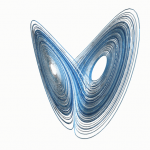As it is Hallowe’en season, I thought I’d write a blog post about the scariest and most horrifying object in my life at the moment – my To-Do list. This monstrous beast lurks on my desk full of tasks ranging from the mundanely specific like “write reference letter for student X” to the vague and rather more time consuming “write paper on Y”. Inevitably some of the things on the list will never get done and will slowly drop off the list like the withered limbs of a leper (I regularly re-write the list to make sure I don’t forget anything important – and also to have the satisfaction of crossing off “write list”). Others, like teaching, will get done but not until the last possible minute. I try to look at it as little as possible to avoid scaring myself into total inaction.
I would love this post to be an amazing revelation about how to make the list get magically shorter, but unfortunately the only option seems to be actually doing the things on the list (or delegating them to someone else)! Instead I decided to analyse my list to see where I am – or should be – spending most of my time. Unsurprisingly teaching makes up a good chunk of it, followed by admin and then finishing up papers from my post-doc! But after looking at the things I spend huge chunks of time on, I looked at the things that take just an hour or two hours at a time. I realized how many of these items fell into the category of academic altruism.
I think of academic altruism as doing anything in academia that helps others but doesn’t directly help you. Reviewing papers is a really obvious example. The recent controversy over academic publishing and open access has thrown this problem into the limelight, and many people have come up with excellent solutions to the problem (for example Jeremy Fox and Owen Petchey’s excellent “Pubcreds” idea). But academic altruism is far more than just reviewing papers. We all help students and colleagues by commenting on manuscripts, discussing ideas, helping with analyses and promoting each others’ papers. PhD students do this as much as (and perhaps more than) faculty members. Those with skills in data analysis (and the patience to help novices) tend to end up doing this even more than everyone else (apologies to Luke McNally who spent 2 hours teaching me MCMCglmm last week for no academic reward apart from my eternal gratitude!).
I think it’s fairly obvious that academic altruism is not generally good for career progression. Of course there may be occasions where we gain collaborators or authorship on a paper through helping others. But mostly academic altruism takes up time with little return for our time investment. That’s not to say that I think it’s a bad thing. In fact, interacting with others in this way is part of what I love about science. But there must be a cost to those who do this a lot, and a benefit to those who refuse to engage with others. Although I’m sure hiring committees like to hear about the extra help you give others, I doubt they would rate that higher than the extra high-profile papers you could have written if you were more selfish with your time. Research also tends to suggest this cost is higher for female scientists because we associate more with “caring roles” (or as our HoD puts it – “we’re less able to leave a student crying in the corridor”).
Open Access week has led to a lot of discussion of altmetrics, so what about a metric for academic altruism? Could we think of a way to do this? Could we get colleagues, students or the scientific community to rate our “selflessness”? Do hiring committees consider these factors, or do extra papers trump everything else?
Well there’s something to mull over this evening as you hide from Trick or Treaters with the lights off. And now I can go back to my To-Do list and cross off “write blog post”. Yay!
Author
Natalie Cooper: ncooper[at]tcd.ie
Photo credit
wikimedia commons



